
All iLive content is medically reviewed or fact checked to ensure as much factual accuracy as possible.
We have strict sourcing guidelines and only link to reputable media sites, academic research institutions and, whenever possible, medically peer reviewed studies. Note that the numbers in parentheses ([1], [2], etc.) are clickable links to these studies.
If you feel that any of our content is inaccurate, out-of-date, or otherwise questionable, please select it and press Ctrl + Enter.
Ointments for papillomas
Medical expert of the article
Last reviewed: 03.07.2025
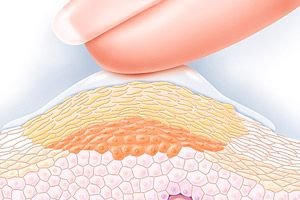
A papilloma is a benign skin growth that develops like a wart. Sometimes such growths cause discomfort, interfere, and even hurt, which makes the patient think about removing them. Most often, papillomas are removed surgically, using liquid nitrogen, laser, or electric current. However, there are also more gentle methods - for example, an ointment for papillomas, which can help at an early stage of the disease.
 [ 1 ]
[ 1 ]
ATC classification
Pharmachologic effect
Indications papilloma ointments
The indications on the basis of which ointments for papillomas are prescribed are determined by the doctor, since external preparations do not act at all stages of the viral process.
Ointments are used for independent or complex treatment of papillomas (warts), as well as a local medicine for other viral diseases:
- for dermatitis and dermatoses;
- for viral rhinitis;
- for scaly, herpes zoster or vesicular lichen;
- with molluscum contagiosum.
Some types of ointments can also be used to prevent viral infections.
Release form
Ointments are one of the most convenient forms of release of drugs for papillomas, as this is the only way to act directly on the formation. In addition, ointment-like medication usually does not have a systemic effect, which significantly reduces the likelihood of side effects. This point is especially relevant when treating papillomas in children and pregnant women.
The most suitable form of the drug is usually selected by the doctor, taking into account the characteristics of a particular patient and viral pathology. In addition to ointments, tablets, injections, suppositories and candles are often used to treat papillomas. It is not recommended to select a drug on your own, since the effectiveness of the treatment directly depends on this choice.
Names of ointments for papillomas
Antiviral ointments for papillomas:
- Oxolinic ointment is an antimicrobial and antiviral agent that is often used for preventive purposes during flu epidemics. The ointment is easily absorbed by the body, it can even be used to treat children. Papillomas can be lubricated with ointment up to 3 times a day. If ineffective, a more potent drug is prescribed;
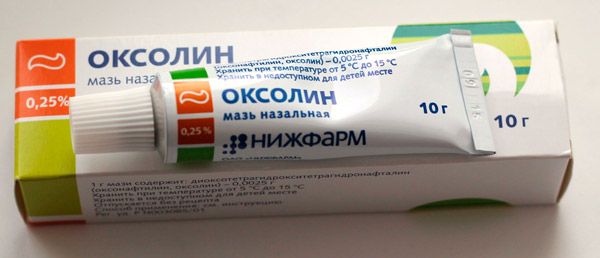
- Viferon ointment is an interferon-based drug, which explains the antiviral and immunomodulatory properties of the drug. Viferon is applied to papillomas up to 4 times a day for a week. Sometimes itching and irritation of the skin may occur during therapy;
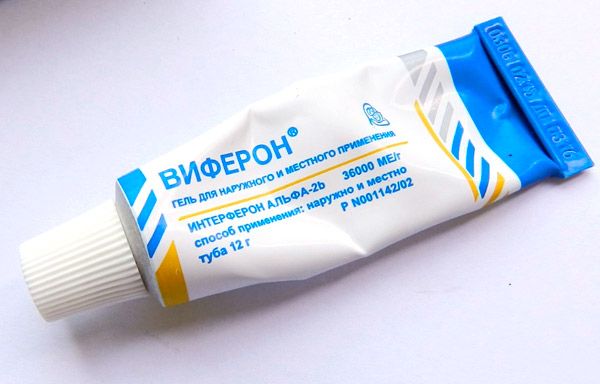
- Panavir ointment is a biologically active drug with a virus-static effect. It is recommended to use Panavir 5 times a day for 5-10 days. Caution: allergic reactions to the drug are possible.
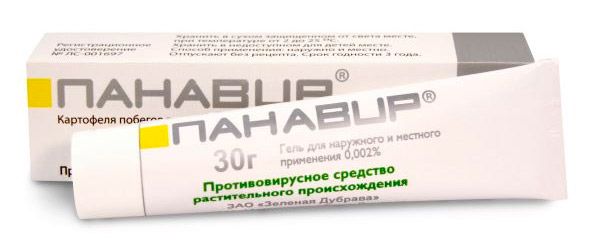
Ointments based on acids and microelements:
- Salicylic ointment for papillomas is not prescribed so often, as it has a relatively weak bactericidal effect, and does not act on viruses at all. However, at the initial stages of development, the appointment of the ointment can be justified: it is used for application three times a day, it can be under a bandage. For papillomas, a 10% preparation is usually used;
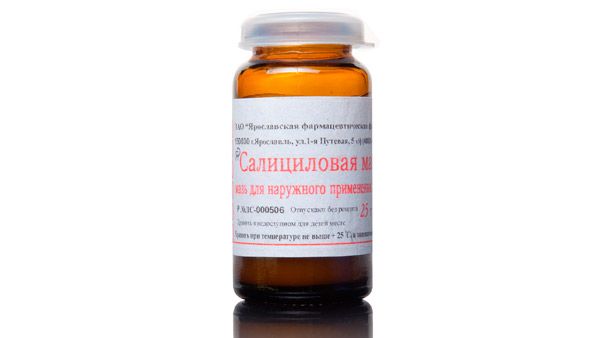
- Zinc-salicylic ointment can be used to treat papillomas due to the softening properties of the drug. Papilloma tissues soften and dry under the influence of the ointment, which leads to a decrease in local manifestations of the disease. The drug is applied up to 2 times a day, for about a week;

- Zinc ointment for papillomas allows you to soften and dry out the formations, which allows you to get rid of them at the early stages of their appearance. The frequency of application of the ointment is three times a day. Side effects are limited to allergies and signs of skin irritation.
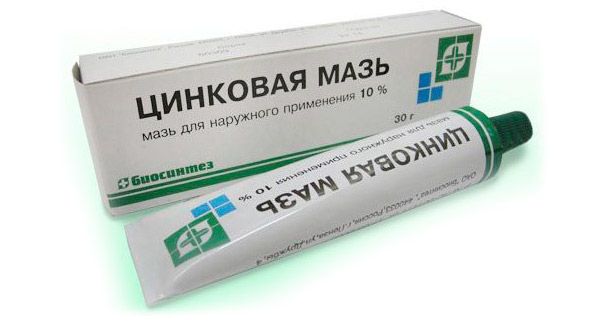
Ointments based on natural ingredients (including plant-based ones):
- Vishnevsky ointment for papillomas helps with inflammation and suppuration of such formations. The ointment is applied to small areas of skin affected by papilloma, twice a day - in the morning and in the evening. Treatment with ointment should not be long-term, as unwanted rashes and tissue swelling may appear;
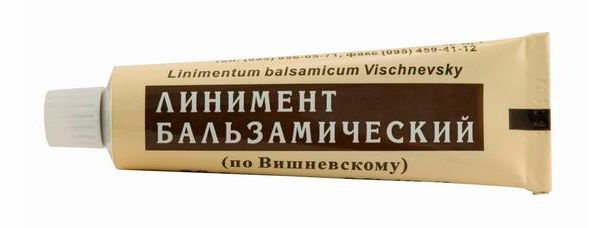
- Stefalin ointment is a popular remedy for removing unwanted birthmarks, warts and papillomas. The manufacturer guarantees exclusively herbal composition of the drug, while the exact quantity and list of ingredients are not specified. The action of the ointment is based on tissue necrosis, which is why the product is not recommended for application to healthy skin areas. As a rule, a single application of the drug is carried out, after which a burn crust forms at the site of the unwanted formation, which eventually falls off. If necessary, re-apply the product;
- Chinese ointment for papillomas San Fen Zhong has a bactericidal-cauterizing effect, after which a chemical burn forms at the site of the papilloma. Warnings: it is unacceptable to apply the ointment to large skin surfaces, healthy skin, mucous membranes, open wounds and eyes. The drug should be used very, very carefully. The course of therapy may consist of 2-5 applications.
Veterinary ointments:
- cow ointment for papillomas - is intended for removing papillomas in cattle and small domestic animals. Contains salicylic acid and resorcinol. The ointment is used twice a day for 1-2 weeks. This product should not be taken orally or applied to too large areas of the skin.
Other types of ointments:
- Bonafton is an ointment for papillomas on the eyelids, with the active component bromonaphthoquinone. The ointment is applied behind the lower eyelid up to 3 times a day. Usually three five-day courses are practiced with intervals of two days between them. Sometimes allergic reactions to the drug may occur;
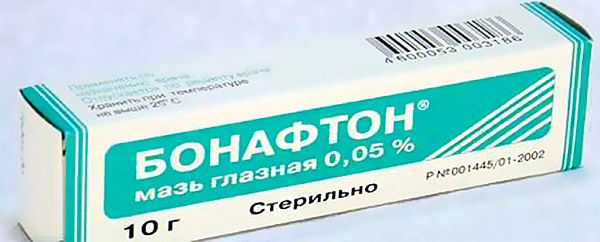
- Malavit is a biologically active ointment for flat papillomas and condylomas. Reduces the severity of unpleasant sensations, eliminates inflammation. The drug is usually applied twice a day until the problem disappears completely.
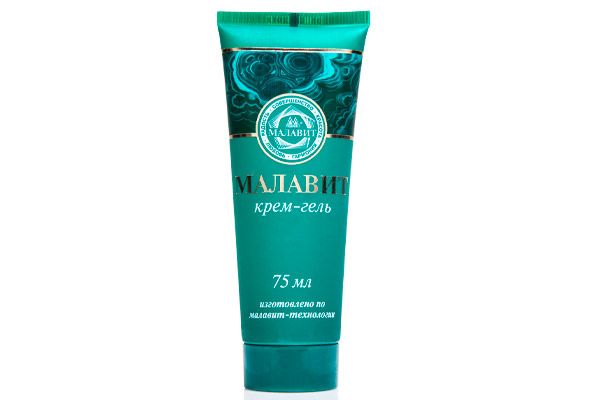
Ointment after removal of papillomas
After removing the papilloma, the doctor tells the patient in detail how to care for the damaged skin. It is usually recommended to use antiseptic solutions and ointments, which should be applied about three times a day.
Oil solutions of vitamins A or E, as well as ointments based on hyaluronic acid, which create a kind of protective layer on damaged skin that prevents tissue from drying out, have a good effect on tissue restoration.
Less commonly, hormonal ointments are used, for example, hydrocortisone ointment, which perfectly eliminates signs of inflammation and promotes rapid healing of the wound.
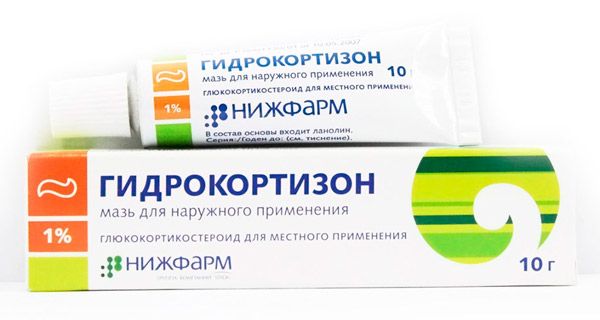
When a dry crust forms on the wound site, Solcoseryl ointment can be used, which promotes faster regeneration. Solcoseryl is applied once a day for a week.
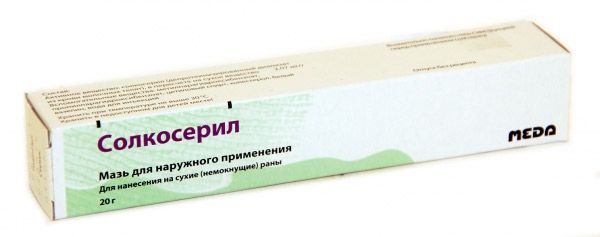
Pharmacodynamics
Pharmacological properties of external agents - ointments for papillomas - are 100% dependent on the composition of the drug, so it is impossible to draw one dynamic line between such agents. Thus, the main effect of antiviral ointments is considered to be the destruction of viruses, which naturally leads to inhibition of papilloma development, and sometimes even to regression of the neoplasm.
In addition, there are a number of products that, when applied locally, cause tissue necrosis. Typically, such products include ointments and liquids based on strong acids and alkalis. Such products "remove" the papilloma chemically, simultaneously affecting the nearby healthy skin. This method is quite dangerous, especially if you use it yourself at home.
Pharmacokinetics
The vast majority of antiviral ointments for papillomas penetrate well into the deep layers of the skin, which allows them to be used to treat deep-seated neoplasms. At the same time, the amount of ointment that enters the systemic circulation is usually negligible, so the drug cannot have a total antiviral effect. If it is necessary to destroy the virus in the body, resort to drug treatment in the form of tablets or injections.
Locally acting drugs with cauterizing and other similar properties do not penetrate into the bloodstream, so their kinetic properties are not considered at all.
Dosing and administration
Ointments for papillomas are used only externally, locally, applying to the pathological formation and trying not to affect the nearest healthy tissues. The frequency of application of such drugs is from 2 (in the morning and at night) to five times a day, depending on the doctor's recommendations.
Unless otherwise stated in the instructions, the duration of therapy with ointments for papillomas is from 10 to 14 days. Not all ointments are applied daily: some of them are used only 1-2 times a week.
It is not recommended to make your own adjustments to the treatment regimen prescribed by the doctor, as this can directly affect the quality of treatment. Often, in addition to external application of ointments, the doctor also prescribes additional treatment, including the use of tablets or other medications - usually antiviral.
Use papilloma ointments during pregnancy
Despite the fact that the systemic effect of ointments for papillomas has not been proven, the use of these drugs by pregnant and lactating patients is permissible only with the permission of a doctor. The fact is that during the listed physiological periods of a woman's life, treatment with any medications (both external and internal use) is extremely undesirable, due to their possible negative impact on the fetus and child. Therefore, you should not rush to choose a drug: first, you need to consult a doctor who is monitoring the pregnancy or provides recommendations regarding the period of breastfeeding.
Sometimes the doctor may advise to wait with the treatment of papilloma until the end of breastfeeding or until the birth of the child. Everything depends on the specific case and the specific woman: it is individual. To make the right decision, the doctor may prescribe tests to assess the degree of infection by the virus and determine the need and urgency of further treatment.
Contraindications
Contraindications to the use of ointments for papillomas can vary significantly, so it is very important to carefully read the annotation to the medication before applying any external remedy. Often, such drugs are not recommended for use by pregnant and lactating patients, as well as children.
Those people who have a tendency to allergic reactions to any of the ingredients in the ointment should use the drug with great caution. To make sure there is no allergy, you should apply a small amount of the drug to the bend of your arm and watch the reaction. If nothing suspicious happens during the day, the ointment can be used for papillomas. However, such an experiment cannot be carried out with necrotizing drugs based on acids and alkalis, since such products can cause serious burns when applied to healthy skin. Before using such ointments, you should consult with an experienced medical specialist.
Side effects papilloma ointments
Side effects sometimes occur when the external drug is used incorrectly or when there is an allergy. As a rule, side effects manifest themselves in the form of local changes, such as:
- hyperemia of the skin;
- burning sensation and pain;
- itching;
- symptoms of local irritation;
- slight tissue swelling;
- limited dermatitis;
- the appearance of ulcers and erosions similar to a burn at the site where the ointment was used.
If similar symptoms appear, then stop using the ointment for papillomas and consult a doctor.
Overdose
If the medicine does not have a systemic effect on the body, then an overdose is considered almost impossible. Sometimes symptoms of poisoning occur with accidental or intentional ingestion of the ointment. In such a situation, it is recommended to wash out the stomach, take a sorbent drug and drink plenty of liquid during the day.
External overdose of the ointment is impossible in principle, however, a slight increase in side effects is allowed when using the ointment over a long period of time.
Interactions with other drugs
The simultaneous use of several external medications on one skin area is not recommended, as unpredictable interactions of the active components of the drugs may occur. For this reason, ointments and creams should not be applied to one area without waiting a minimum time interval of 2 hours between applications.
In addition to undesirable interactions, certain combinations of drugs may lead to the development of an allergic reaction. The doctor, when prescribing a treatment regimen, must take this into account.
When using ointments for papillomas on your own, applying them chaotically or unsystematically, combining or matching them with each other is unacceptable.
Storage conditions
Are there any specific storage conditions for papilloma ointments?
Like other medications, ointments are stored in compliance with certain requirements specified in the instructions for a specific medication. Some medications can be stored without temperature restrictions, while others - strictly in cool conditions (for example, in a refrigerator). The latter often applies to antiviral agents, which can lose their antiviral activity in a warm room. For example, it is advisable to store Panavir gel at a temperature of +4°C to +25°C, and oxolinic ointment - up to +10°C. At the same time, it is strictly forbidden to freeze medicinal ointments, otherwise they will lose their healing properties.
Shelf life
The correct approach to storing the ointment for papillomas guarantees the preservation of its medicinal properties throughout the entire expiration date, which must be indicated on the packaging of the product. If the ointment is stored incorrectly, it will no longer give the expected effect: in addition, the consistency, smell and even color of the drug may change. All these signs may indirectly indicate that the medicine is unsuitable for use.
The expiration date of a particular drug should be written on the visible part of the package. Particular attention should be paid to this fact, as the quality of treatment may depend on it.
And yet, are there effective ointments for papillomas? Most medical specialists in dermatology assure that the treatment of papillomas can be effective only in the case of a comprehensive approach, which includes:
- antiviral treatment (both local and systemic);
- stimulation of immunity;
- surgical removal of formations.
Treatment is often quite long, which requires considerable patience and endurance. However, the disease can be cured, and ointment for papillomas will help to do it quickly and efficiently.
Attention!
To simplify the perception of information, this instruction for use of the drug "Ointments for papillomas" translated and presented in a special form on the basis of the official instructions for medical use of the drug. Before use read the annotation that came directly to medicines.
Description provided for informational purposes and is not a guide to self-healing. The need for this drug, the purpose of the treatment regimen, methods and dose of the drug is determined solely by the attending physician. Self-medication is dangerous for your health.

